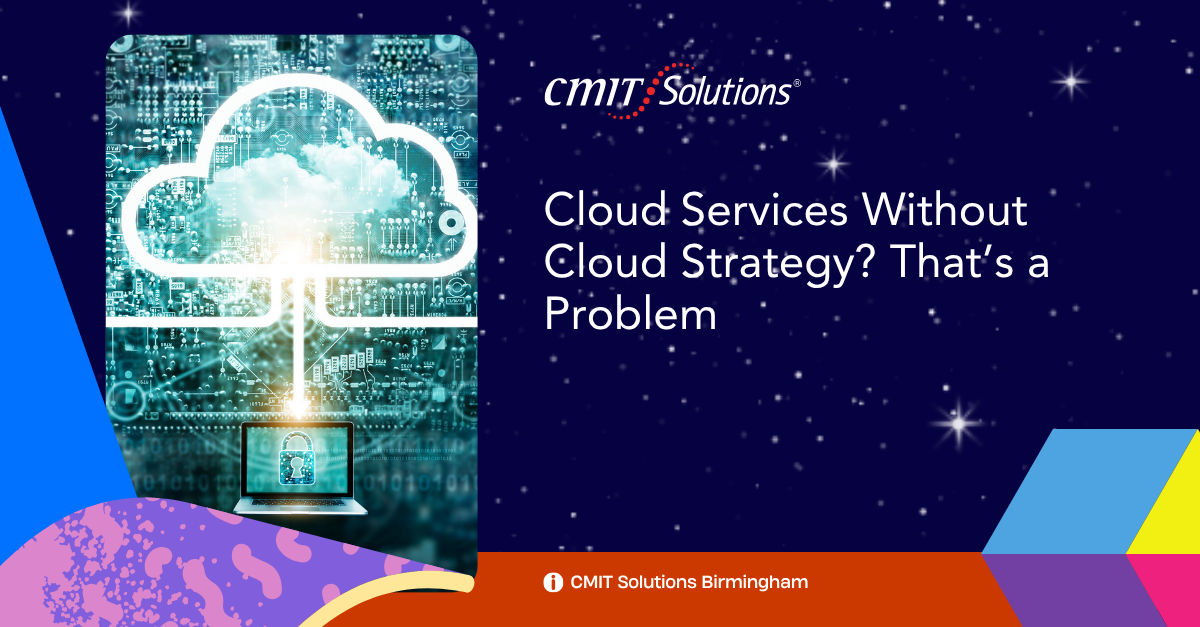Cloud computing has become the engine of modern business growth. From Infrastructure-as-a-Service (IaaS) that replaces on-prem servers to Software-as-a-Service (SaaS) that powers daily productivity apps, most organizations rely on some form of cloud service. Yet too many firms rush into the cloud without an intentional plan—hoping that speed alone will produce results. Instead, they encounter runaway costs, security gaps, and operational chaos. In this in-depth guide, we unpack why a thoughtful cloud strategy is critical and how to build one that scales securely for years to come.
What Are Cloud Services?
Cloud services deliver computing resources—servers, storage, networking, databases, analytics, and software—over the internet. Instead of buying hardware or perpetual licenses, businesses rent what they need on demand, paying only for usage. Three primary layers dominate the market: Infrastructure-as-a-Service (IaaS), Platform-as-a-Service (PaaS), and Software-as-a-Service (SaaS).
These services have become central to SMBs in Birmingham and beyond. They support business continuity, remote collaboration, and real-time analytics—enabling agility like never before. However, without a cohesive strategy, even the most robust cloud service can become a fragmented burden.
The Allure of the Cloud: Why Businesses Rush In
Executives gravitate toward cloud platforms because they promise agility, efficiency, and scalability. Leaders often envision lower capital expenses, fewer IT headaches, and improved productivity. Teams love cloud apps that make it easy to work from anywhere. But convenience can quickly lead to chaos.
Departments often deploy tools independently, creating multiple disconnected platforms that don’t integrate or follow shared protocols. This shadow IT environment can jeopardize security and create inconsistent user experiences. As noted in Proactive IT Support, reactive setups without planning only lead to future disruption.
What Is a Cloud Strategy—And Why Does It Matter?
A cloud strategy is a documented blueprint that aligns cloud investments with business goals, budgets, and risk appetite. It answers critical questions like why workloads are migrating, what success looks like, and how to secure and govern assets post-deployment.
Without such a framework, organizations often experience budget overruns, data sprawl, and poor visibility. Worse yet, they may leave critical systems vulnerable to attacks, as explored in The Rising Tide of Cyber Threats. Having a cloud strategy is not just smart—it’s essential for stability and scalability.
The Risks of Operating Without a Cloud Strategy
- Shadow IT & Vendor Sprawl – Teams adopt overlapping apps, exposing data in uncontrolled silos.
- Unpredictable Costs – Pay-as-you-go billing balloons when resources aren’t right-sized.
- Compliance Gaps – Without governance, sensitive files may violate regulations. Automated IT governance helps, but only if implemented.
- Performance Bottlenecks – Poorly architected workloads strain networks; see Next-Gen Network Management.
- Disaster-Recovery Failures – Backups scattered across accounts make restoration painful. (Compare best practices in Modern Data Backup Strategies).
Signs Your Business Has Cloud Chaos
For many SMBs, cloud chaos shows up as a series of small inefficiencies that snowball. Multiple cloud subscriptions across departments, email attachments flying instead of secure file shares, or duplicate apps serving similar functions can result in lost productivity.
You might find your cloud bills unexpectedly high or your IT team constantly reacting to configuration issues. Data silos grow, permissions become unclear, and important files disappear into personal OneDrive folders. These warning signs indicate a lack of centralized control and call for a coordinated, strategic overhaul.
Aligning Cloud With Business Goals
A robust cloud strategy begins with clearly defined business goals. Whether the aim is to reduce IT overhead, support a remote workforce, or improve application availability, these objectives shape technology selection and investment.
For example, a firm focused on communication efficiency may prioritize secure cloud phone systems and file-sharing integrations—much like those highlighted in The Future of Business Communication. Matching technology to strategic intent ensures both immediate impact and long-term value.
Real-World Examples: Strategy vs. Sprawl
Imagine a Birmingham-based logistics firm that adopted cloud-based ERP without a formal strategy. Each department picked their own productivity tools, from Dropbox to Google Drive, while IT was configuring Azure. The result? Security gaps, redundant licenses, and multiple project timelines.
Now contrast that with another company that worked with CMIT Solutions of Birmingham South to develop a phased roadmap. They implemented identity-based access, consolidated vendors, and trained staff—all under a governance policy. Their productivity soared.
Why Cloud Strategy Is the New IT Foundation
Today’s SMBs cannot afford to treat cloud deployments as one-off projects. The cloud now underpins every aspect of business operations—from communication to compliance, collaboration to continuity. That’s why it must be anchored in strategy.
Guidance from a qualified MSP ensures every deployment supports real business value. IT consulting helps prevent missteps, optimize architecture, and strengthen compliance. Strategy turns cloud adoption into cloud transformation.
Building the Right Partnership for Long-Term Success
You don’t need to navigate this complexity alone. Whether you’re migrating from on-prem infrastructure or integrating multiple SaaS platforms, expert partners like CMIT Solutions of Birmingham bring structure to the process.
They align cloud investments with real-world business outcomes, ensure cost visibility, reduce cybersecurity risk, and position your environment for scale. Smarter tech buying and custom MSP solutions ensure your business gets the most out of every cloud dollar.
Conclusion
Cloud services are no longer optional—they are a critical foundation for every competitive business. But jumping into the cloud without a strategy is like building a skyscraper without blueprints: the risk of collapse is high.
A thoughtful cloud strategy turns chaos into control. It aligns cloud resources with business objectives, enforces compliance, prevents waste, and empowers teams. It’s not just about saving money—it’s about driving smart, secure, and scalable growth.
Partnering with a trusted IT advisor ensures that your strategy stays agile, accountable, and always aligned to your business goals. Don’t let your cloud journey drift off course. It’s time to build a strategy that leads to success.







